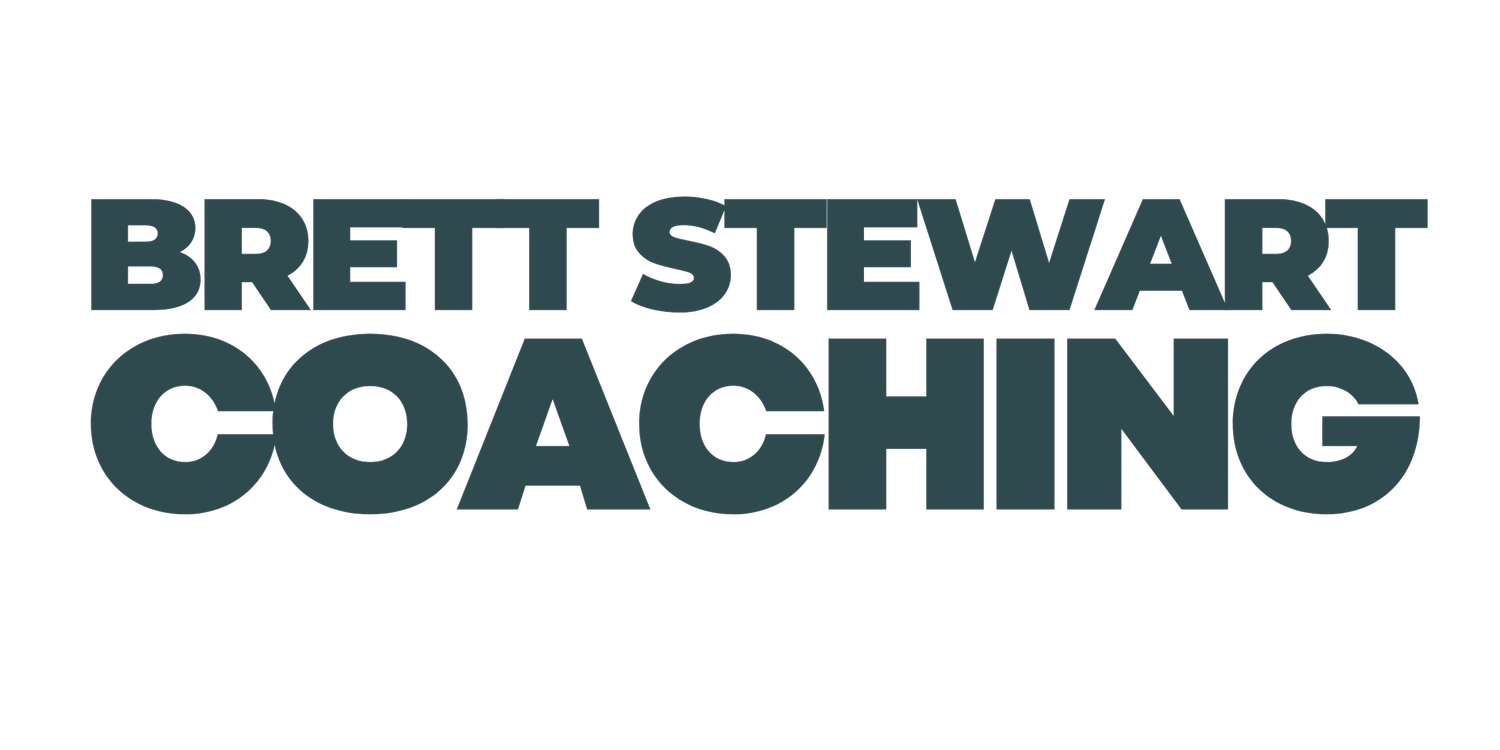Assess Your People
Number 4 in a Series of 4
When you have your Accountability Chart and Core Values defined, you know the answer to two very important questions:
1. What needs to be done?
2. What kind of people do we want in our organization?
Armed with that information, you can move to the third discipline of assessing your people, and start getting people who fit your values into jobs that need to be done and that they are great at. In Good to Great, Jim Collins calls this getting the “Right People in the Right Seats”. The best tool for doing this is the People Analyzer™, another tool you can download for free at www.eosworldwide.com. What we do with the people analyzer is assess each person in the organization (yes, the leaders also) as to how well they live the culture and how well they perform in their seat on the accountability chart. Here’s an example of a People Analyzer™:
You complete the accountability chart as follows, using Sally as an example
Discuss, as a team, whether the Sally lives Core Value #1. If she lives that value 90% of the time (nobody’s perfect), give her a “+”; if she does sometimes, but doesn’t others, give her a “+/-“; if most of the time she does not, give her a “-“.
Repeat the exercise for each Core Value.
Then ask this question: does Sally Get (the “G” column) the seat? In other words, does she understand where she fits in the organization and what’s expected of the seat? If she gets it, give her a “Y”. If she doesn’t, if she looks at you like a deer in the headlights, give her an “N”.
And this question: does Sally Want (the “W” column) the seat? Not can you overpay her or kick her in the butt to get her to do the job, but does she genuinely want it? If she does, give her a “Y”. If she doesn’t, give her an “N”.
Finally, ask this question: does Sally have the Capacity (the “C” column) for the job? Does she have the intellect, training, time, and temperament to be successful? If she does, give her a “Y”. If not, give her an “N”.
As you can see on the Analyzer, Sally is a star, but John and George are not. Neither one of them rise to “The Bar”, the minimum acceptable standard for your organization. Long run, if nothing changes, they must leave your organization. Don’t walk out of the meeting and fire them that moment, but do have an open and honest conversation with them about where they need to improve, and then do everything in your power to help them get there.
If you’re a leader, complete the People Analyzer for each of your employees and have the courage to have that open and honest conversation that will help them be their best. You owe it to them.
If you’re not a leader, but would like to be one someday, perform the People Analyzer on yourself and be brutally honest. If you don’t fit the values of your company, you’ll never flourish there, and you need to leave. It’s that simple. If you do fit the values but don’t “GWC” the seat, stay at the company but work with your manager to find the right seat for you. That’s where you’ll excel, and that’s where you’ll develop into a leader, and having that discussion with your manager will earn you tons of respect.
Putting It All Together
There you have it, three simple steps:
1. Structure your organization with the Accountability Chart™
2. Clarify your Core Values
3. Assess everyone in your organization with the People Analyzer™
If you take those steps, I guarantee your life will change. Will things be perfect? No, there’s still the systems work to do, but you’ll be doing it with a functional, cohesive team you enjoy working with.
So, what happened with my client? They’re continuing their journey. One of the team members stepped into the Integrator seat (master of details and day-to-day ops), in addition to his CFO seat. The guy that disliked accountability left the business, two new members joined the leadership team, and multiple new roles have been created and filled throughout the organization. That all sounds well and good, but did it actually help the business? Yes, it did.
The additional people and changes in the leadership team allowed them to develop a high-margin service line of business. Profits are up, the organization runs more smoothly, and most importantly, the leadership team has a healthy schedule that will allow them to lead and grow their business many years into the future. It’s a journey, things will never be perfect, but they are getting better every quarter… and no more tears.
If you would like to discuss how this process can begin to transform your business, take a couple of minutes and reach out for a quick conversation. You will be glad that you did.

